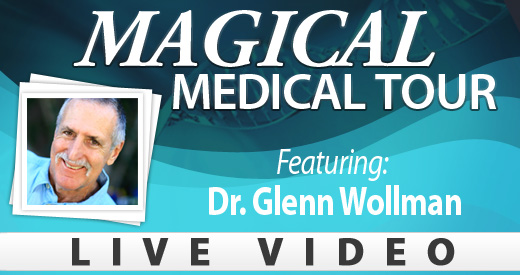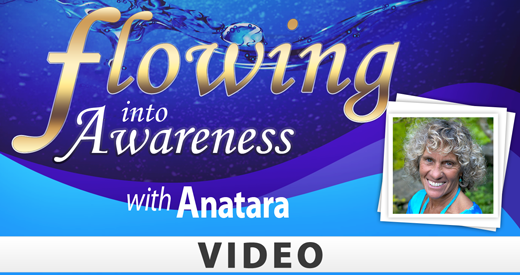| YogaHub |  |
Interprofessional Education Award
On Friday May 25th, I was honoured to receive the Excellence in Inter-professional Pain education award from the Canadian Pain Society. I am the first physical therapist to receive this award, and I believe the first educator who is not an academic-researcher, so it is a very special honour. As part of the award, I shared a 45-minute presentation at the conference, so I thought I would write a summary here.
Title: Building New Treatment Paradigms: Beyond gates, fear avoidance and distraction.
Description: The growth in pain science research has supported our efforts to convince health care professionals (HCP) that pain is a real physiological process. In some areas, inter-professional education (IPE) has even been successful in changing clinical practice and outcomes. In order to further advance IPE, we must challenge the commonly held paradigms of pain, and push HCPs to integrate pain science, pain theory and the lived experience of pain.
Over the past 10 years of teaching HCPs about pain, there have been two consistent observations. The first is that we are highly skeptical of anything we did not learn in school. The second is that the primary pain paradigm provided in university education is far out-dated. We learn of the bio-psychosocial model in school, but this is not the primary perspective through which we teach individuals to view pain. Regardless of current pain science, HCPs think and function as if there is a direct link between pain and tissue pathology. Even more striking is that this default view of pain is in direct conflict with our personal experiences of pain.
Changing a paradigm requires changing a belief system. This is what is required when we teach HCPs. This is what will lead to changes in clinical practice. Providing knowledge is not enough. We need to provide it in a way that the listener does not feel their belief is being challenged as wrong. We need to provide experiences for the listener to promote deep learning. We need to provide multiple opportunities for the listener to use and incorporate this information into a clinical reasoning scenario. Otherwise, we return to the default without even knowing.
My experience is that many people can learn an alternate pain paradigm in one to two full days of experiential learning. However, most require three to four days. Even then, the learning is not complete. The HCP needs to be motivated to go back to work and try this new paradigm out. Practice makes perfect, but unfortunately many throw the new paradigm away when they do not succeed right off.
Our best chance for change in pain care is to recognize that how we teach is even more important than the content of pain education. Beliefs must be changed. The learning must be deep. Practical examples must provide guidance to incorporate this new belief and associated tech
[tags] Neil Pearson, pain care, Canadian Pain Society, award, health care professional, pain relief, self management techniques [/tags]






